If you’re attending a wedding this summer or you’re just streaming the royal marriage of Prince Harry and Meghan Markle in May, there’s one thing you can pretty much count on: The bride will wear white. In 2016, 93 percent of brides chose white or off-white for their gowns, according to Brides magazine.
You can thank the royals for that enduring trend. Way back in 1406, Philippa of England, a daughter of Henry IV, wore white to her wedding to Eric of Pomerania. The future Queen of Denmark, Sweden, and Norway donned a tunic with a white silk cloak trimmed in ermine and gray squirrel (yes).
Mary, Queen of Scots likewise chose white for her wedding attire for her first marriage, in 1559, to Francis, Dauphin of France, though she was purposefully and characteristically rebelling against the norm. At the time, wedding dresses (for royals and wealthy families who could afford them) were red or even black. White was the color of mourning for French ladies.
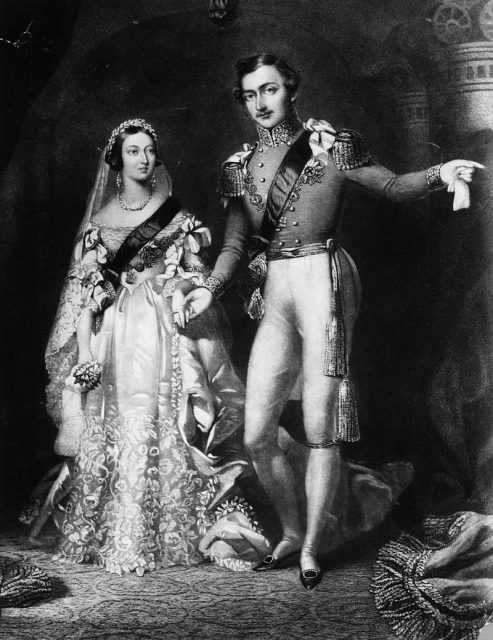
The trend in white wedding gowns gained real traction after the February 10, 1840, marriage of Queen Victoria to her cousin, Albert of Saxe-Coburg and Gotha.
Queen Victoria, just 18 when she ascended the throne, was a young reigning monarch with a mind of her own. Her wedding dress set the standard on several fronts. Her choice of white was unusual, as colored dresses were more popular at the time. She cannily called on local talent, choosing a heavy silk satin woven in East London. The gown was trimmed with handmade Honiton lace, which boosted the demand for Devonshire lace as well as the Queen’s popularity among her subjects.
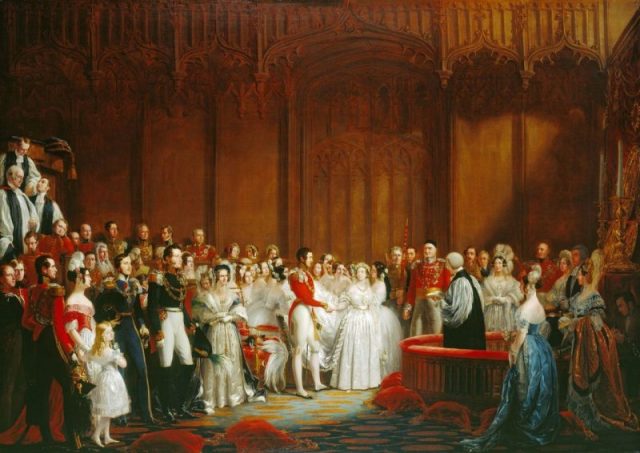
William Dyce, the head of the Government School of Design, today known as the Royal College of Art, designed the dress. Without fur, velvet, or a crown, Queen Victoria’s outfit was considered too tame and conservative by some royal watchers. She even chose a wreath of orange flowers rather than a tiara to secure her short veil. On her feet, she wore comfortable flat white satin slippers, with ribbons that tied around her ankles. Her 12 bridesmaids, all of whom were also clad in white dresses accented by white roses, carried the dress’s 18-foot-long train.
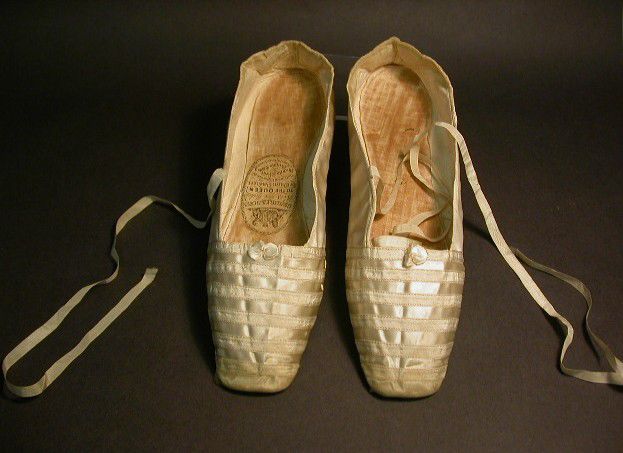
The dress also set the standard for public fascination with royal wedding attire, another trend that exists to this day. Photography was still new in 1840, but royal wedding reportage and illustrations spread the word on the queen’s dress, and white quickly became popular among the upper classes. Photographs do exist of Queen Victoria in a white dress, though the Royal Collection says these are court clothes, not her wedding dress. For their 1847 anniversary, the Queen commissioned Franz Xavier Winterhalter to paint her portrait in her wedding dress as a gift for Albert. And a re-enactment of their wedding was photographed in 1854.
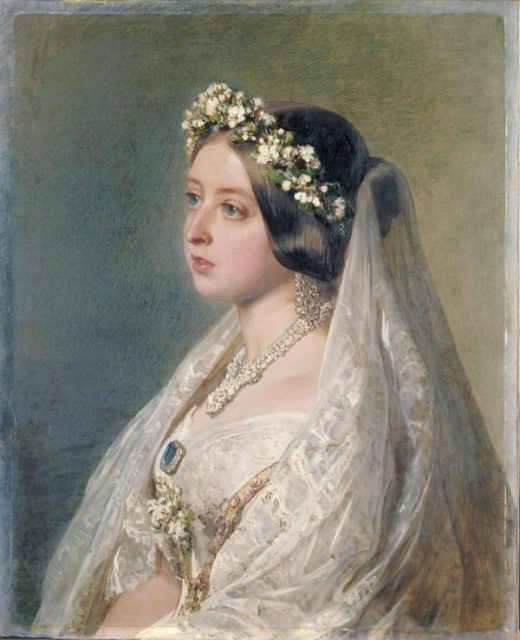
Word of white crossed the pond, where the color was interpreted as symbolic of virtue. Editors of an American magazine called Godey’s Lady’s Book advised: “Custom has decided, from the earliest ages, that white is the most fitting hue, whatever may be the material. It is an emblem of the purity and innocence of girlhood, and the unsullied heart she now yields to the chosen one.”
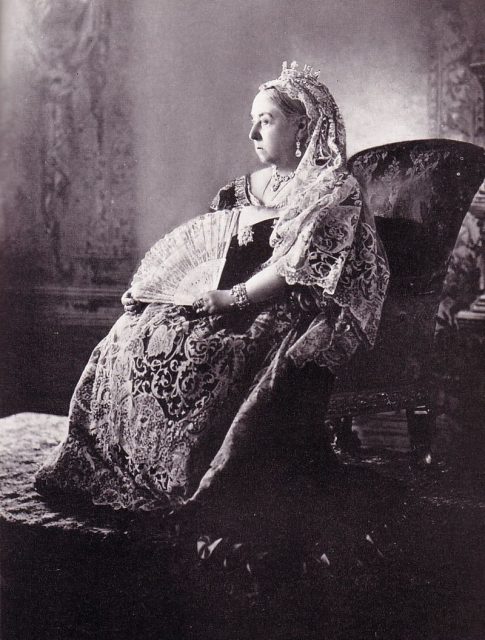
CC BY 2.0
Queen Victoria loved her wedding dress, and she repurposed it for other events. The flounce was removed and her daughter Beatrice used it in her own wedding outfit.
The gown itself has been carefully conserved and is today on display in Kensington Palace, along with other artifacts of Victoria’s long life, including dolls she played with as a child, jewelry, and letters and diaries. One detail from her wedding attire is missing, however: When Queen Victoria died in 1901, at the age of 81, she was buried in her veil, sentimental to the end.
